First of all, today is International Bagpipe Day. What could be more appropriate?
International Bagpipe Day was initiated by the Bagpipe Society to celebrate bagpipers throughout the world. This is day bagpipe players play individually or in groups everywhere in the world for whomever will listen. Below is a photo of the Bushehri Bagpipers of Iran which was on the facebook page of the Bagpipe Society.
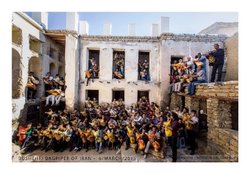
My grandchildren were amazed, and thought the TV program had it all wrong. I thought other people might be surprised also.
When Bagpipes pipe their mournful sounds, most people (Americans, at any rate) associate the instrument with the Highlands of Scotland, but in fact the bagpipes were introduced into Scotland by the Romans.

Bagpipes are musical instruments classified as aerophones. They are reed instruments that utilize an air reservoir. The reservoir allows an uninterrupted stream of air to be directed through the reeds.
It's generally agreed that the bagpipe arose from the desire to make reed instruments easier to play, especially for lengthy spells. Connect your local reed instrument to a bag, add a blowpipe for putting in air, inflate fully and squeeze.
ANCIENT ORIGINS
While there several theories about the first bagpipes, many scholars believe they originated somewhere in the in the Middle East before the time of Christ -- Mesopotamia, Sumaria, or perhaps even India or Persia – in the form of a crude instrument comprised of reeds stuck into a goatskin bag.
The most ancient physical proof is an engraved picture in Chaldean sculptures which date back to 4,000 BC. [Celtic-Instruments.com] Archaeologists date an actual instrument found in Panopolis, Egypt to 1,500 BC.], and The Oxford History of Music claims a sculpture of bagpipes was discovered on a Hittite slab at Eyuk in the Middle East, dated to 1000 B.C.
Later in history, various forms of bagpipes appear in the records throughout the western world including a textual reference from 425 BC, in the play The Acharnians by the Greek playwright Aristophanes. Also, one website indicates a style of bagpipe is mentioned in the Old Testament of the Bible.
On Oliver Seeler’s website, Universe of Bagpipes, the photo below of an Assyrian palace wall carving (from Nimrud, circa 800 B.C.) clearly depicts a warrior fording a river with what could be the earliest depiction of an inflated leather bag as an air reservoir. The bag is equipped with a blow-pipe through which the swimmer can replace air that has leaked. Tie a simple reed-pipe into this device and you would have a bagpipe.
Two exceptions to this are writings from the Dio Chrysostom in the 1st century AD, describing the Roman sovereign as playing the tibia (the pipes) with his mouth as well as with his “armpit.” In the 2nd Century A.D., Suetonius wrote that the Roman Emperor Nero was a talented bagpipe (or Tibia Utricularius) player. Whether or not he was really talented, or only described that way by some scribe who wished to continue to live, is speculation, but it does mean the instrument was somewhat familiar to these writers.
Regardless, the Romans are credited by most for bringing the bagpipes to Scotland and other parts of the world they conquered.
It is speculated that bagpipes were used by shepherds in ancient times. The early Romans used them as outdoor instruments during the building of roads or the gathering of harvests, and the pipers would march through town to announce the beginning of a workday. They also used the bagpipes during religious ceremonies for the sacrifice of the gods or at chariot races and funerals.
Early Roman soldiers and later Scottish soldiers used the bagpipe as an instrument of war. The resonating sound of the pipes could be heard up to 10 miles away. In 1745, when the British defeated the Scottish at the Battle of Culloden, the use of bagpipes was outlawed. The ban was later lifted in the 1800s.
BAGPIPES TODAY
Many immigrants from Europe brought the bagpipe to the Americas. Many Irish joined law enforcement agencies, and brought their cultural customs with them. It wasn't long before bagpipers were part of law enforcement and played at police funerals and other ceremonies.
But in Italy, bagpipes are a most common Italian Christmas sound. The zampognari, the shepherds who play the bagpipes, come down from their mountain homes at Christmas time and perform melodies adapted from old folk tunes in the market squares.
Resources
http://www.mid-east.com/info/bagpipe.html
http://answers.yahoo.com/question/index?qid=20090516234156AAvtLkQ
http://www.hotpipes.com/history2.html
http://www.bcfpb.com/id11.htm
https://en.wikipedia.org/wiki/Bagpipes
http://www.theaterseatstore.com/history-of-bagpipes-in-theater
http://www.celtic-instruments.com/pipes/great-highland-bagpipes/history.html
http://www.italymagazine.com/news/zampognari-keep-alive-tradition-festive-bagpipe-playing
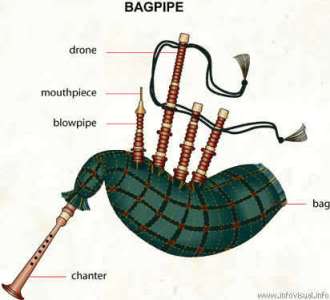
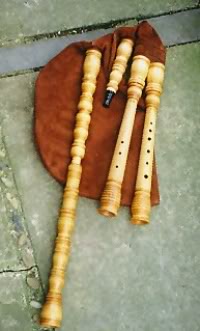

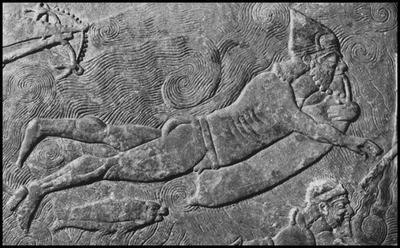
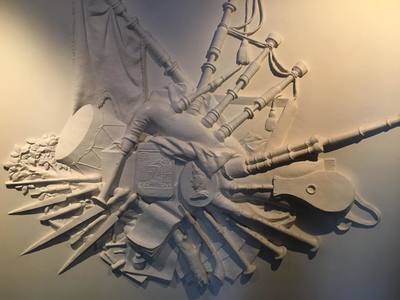

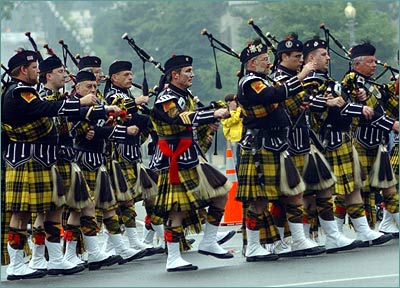
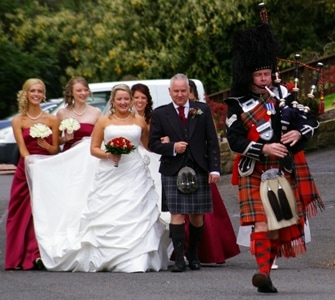


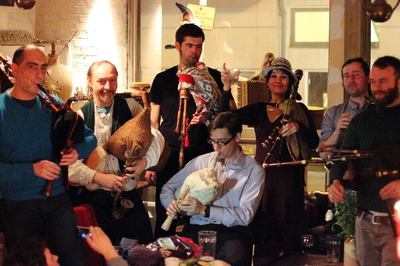



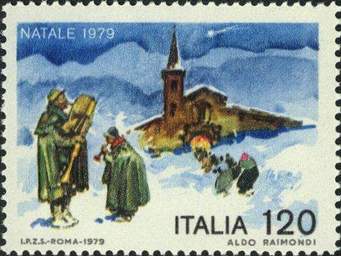

 RSS Feed
RSS Feed